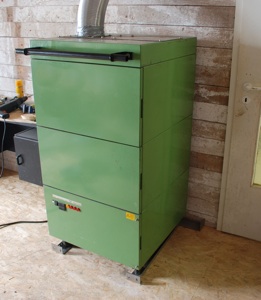Dirk meyer‘s fire - gilding studio


The technology of fire - gilding
Dirk Meyer‘s
FIRE - GILDING STUDIO
registered conservator in
gold and silver smithery
Phone:
00498383 - 922783
Mobile:
00491577-3548950
E - mail:
dirkmeyer (at) fire-gilding.com
Postal address:
Atelier für Feuervergoldung
Dirk Meyer
Neppen 1
D - 88167 Maierhöfen
Germany


copyright by dirk meyer // webdesign phil zinser










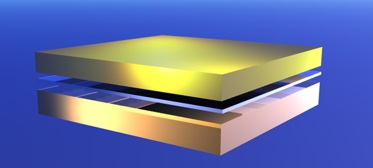
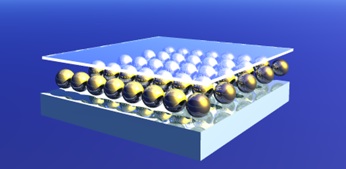










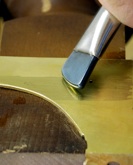
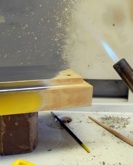
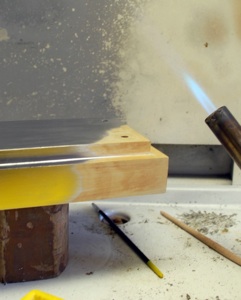
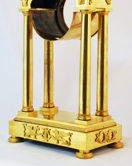
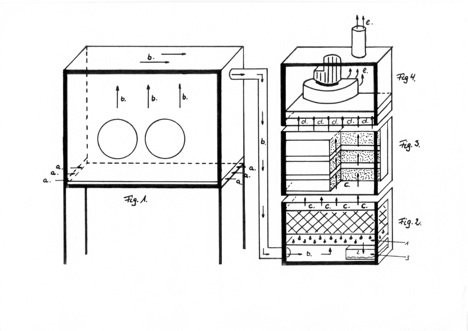
Layout for the implementation of a fire gilding -
Technical condition






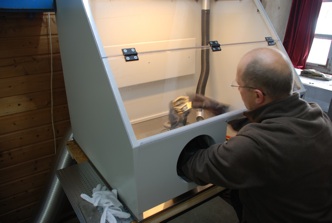
Fig. 1 - cubicle
Fig. 3-4 filter/ventilator
